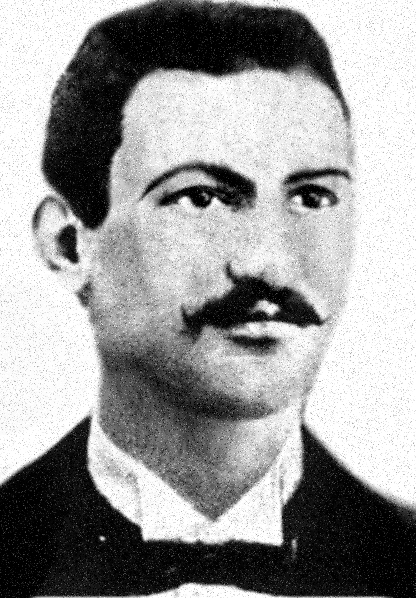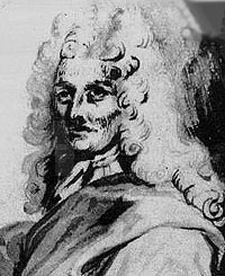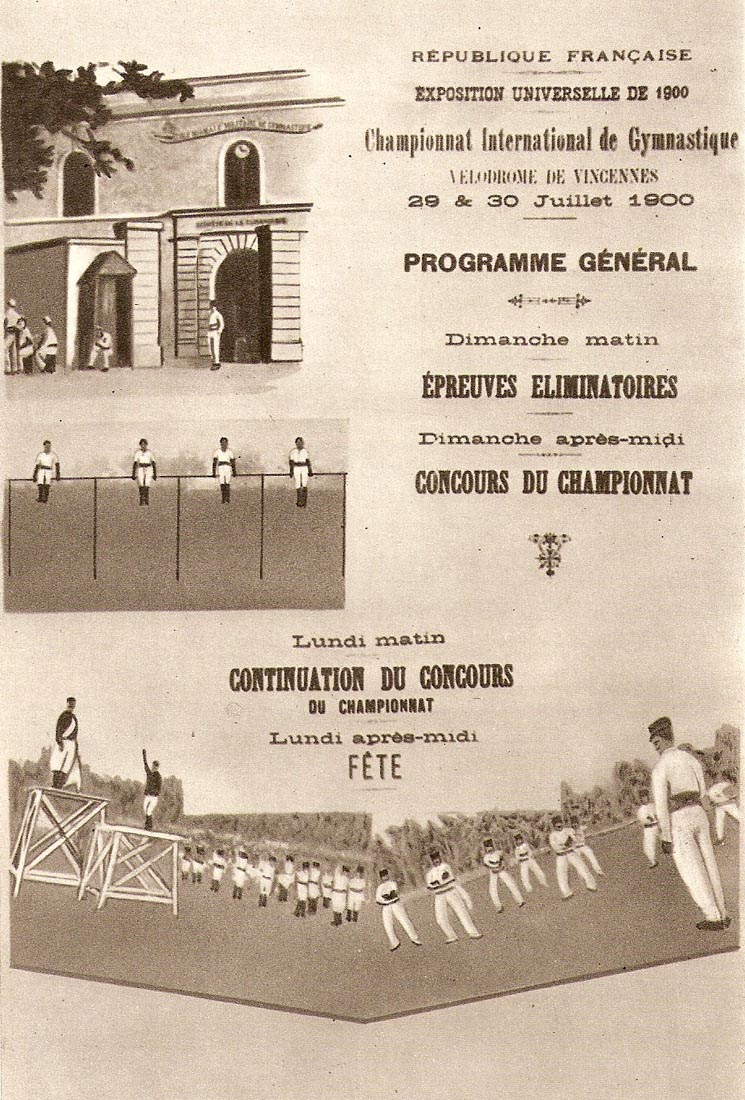 Born on 5th October 1713 in the city of Langres in eastern France, Diderot was destined for a life in one of the professions, initially as a clergyman and then as a lawyer. When he turned his back on a professional career to become a writer, his father disowned him. Diderot completed his rebellion by marrying below his station.
Born on 5th October 1713 in the city of Langres in eastern France, Diderot was destined for a life in one of the professions, initially as a clergyman and then as a lawyer. When he turned his back on a professional career to become a writer, his father disowned him. Diderot completed his rebellion by marrying below his station.Diderot started out translating English texts into French before moving on to philosophical works and a collection of lewd stories. His work as a translator, counted in his favour when he received the commission for which he is most remembered, the Encyclopédie. The publisher of the Encyclopédie, Andre le Bréton, originally wanted a translation of Ephraim Chambers's Cyclopaedia of 1728, but after being swindled by the man he originally commissioned (an Englishman living in Paris called John Mills, who could neither write French, nor owned a copy of the Cyclopedia) he approached Diderot and Jean le Rond d'Alembert.
Diderot and d'Alembert took the work beyond its original remit, and used it to promote knowledge and undermine superstition. The 36 published volumes contained articles by the two editors as well as other luminaries of the enlightenment: Rousseau, Voltaire, Montesquieu, Quesnay. Many articles in the Encyclopédie excited controversy particularly those regarding religion in which the writers challenged Catholic dogma and praised Protestantism. In consequence the King Louis XV decreed that the entire work be banned in 1759, although the Encyclopédie continued to be produced through the support of powerful patrons, including the King's mistress, Madame de Pompadour.
Throughout his twenty-five year tenure as editor of the Encyclopédie, Diderot continued to write. He produced including works for and about the theatre in which he challenged the conventions of the day, as he did in his works of art criticism. In 1773, in order to furnish his daughter with a suitable dowry, he sold his library to Catherine the Great, consort of the Tsar of Russia, in whose court he spent some time before returning to France to spend the last decade of his life writing in relative obscurity.
Project Gutenberg has the text of John Morley's Diderot and the Encycloædists (1886), volume 1 and volume 2.
Related posts
Philosopher G.W.F. Hegel died: 14th November 1831




























